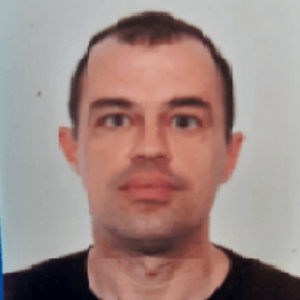Title : Electrostatic alteration of inversion frequency for a model potential of the ammonia molecule
Abstract:
In the current work, we analytically study the possibility of electrostatic control of a model potential corresponding to the ammonia molecule. The model is described by a one-dimensional double-well potential as far as the relative position of the nitrogen atom to the hydrogen level is concerned. In particular, we study how the presence of electric fields affects the inversion frequency of the model potential. We use the semi-classical path-integral technique to construct the system's Green function. The latter receives a fractional form corresponding to the perturbed energy poles of the system. Thus we reveal the complex energy spectrum of the system. The evolution of the molecule is then described in detail. The frequency of oscillation between the potential wells, known as the inversion frequency, is of particular interest to us. We specifically link the oscillation rate to the decoherence time. The latter corresponds to the gradual dissociation of the molecule into the continuum set of states through the applied field barriers. Since our findings are analytic, they can be established experimentally with the help of appropriate parameter fitting. In addition, we can equally well apply our results in a variety of systems that the same model, such as coupled quantum dots in quantum computing or charge transport in nanostructures can describe.
Audience Takeaway Notes:
- Someone can actually apply the method described here, to realistic physical systems and calculate various time scales concerning the system’s dynamics.
- As mentioned in the abstract, the model concerned, can equally well describe systems serving Quantum Computation or charge transport in Nanostructures. In addition someone can learn about path integrals and think about expanding his teaching in Chemistry by incorporating the method.
- Since the findings of the current work come in analytic form, a designer may vary the parameters included, (such as the barrier height or the well depth), to succeed the desirable time-control of the system.
- In this work, we introduce and define quantities, such as the similarity factor between the potential well and the potential barrier, that play a crucial role in the system’s evolution. These quantities provide new information to assist in the model’s design, to improve control.




